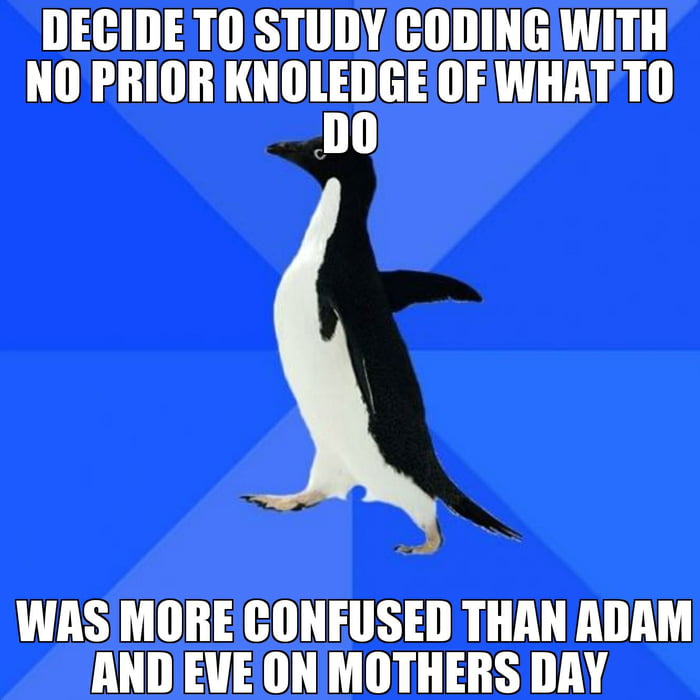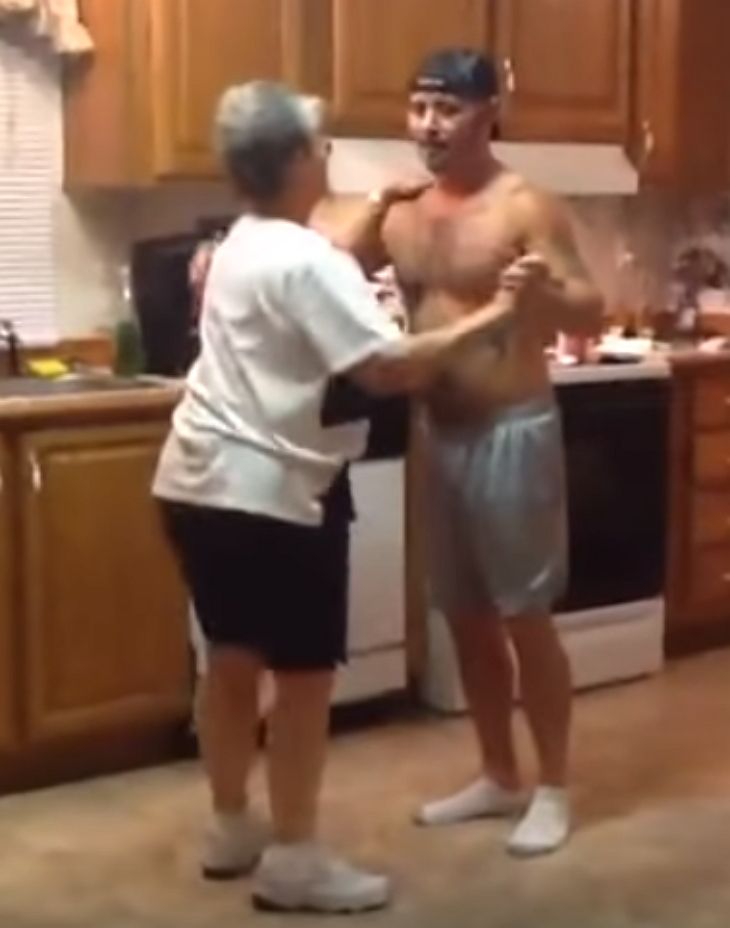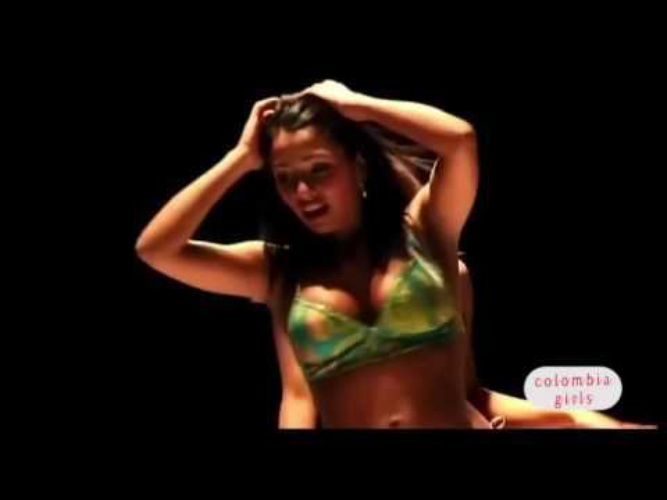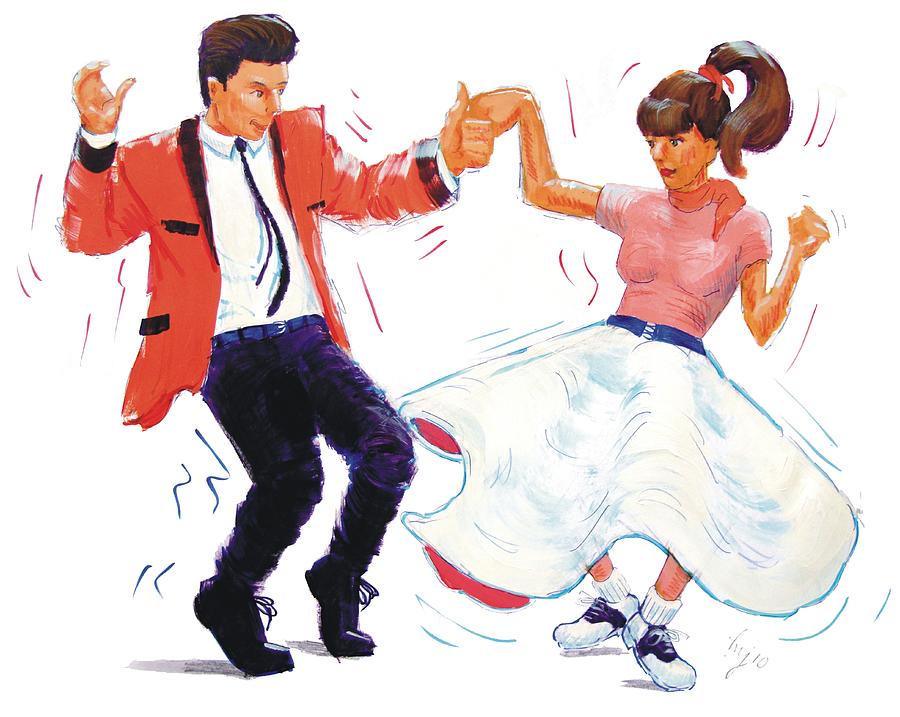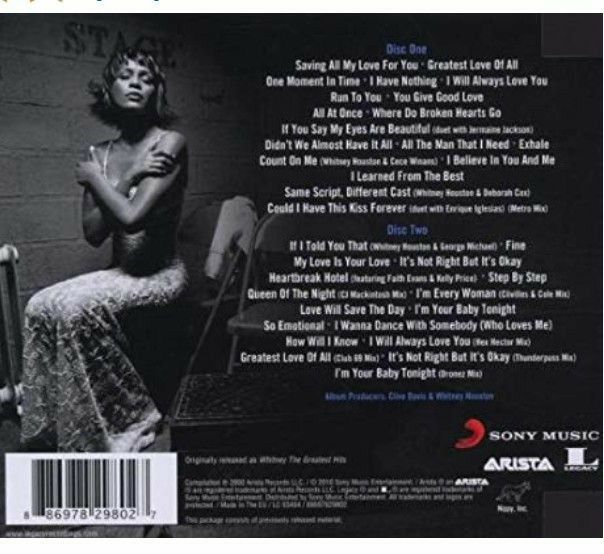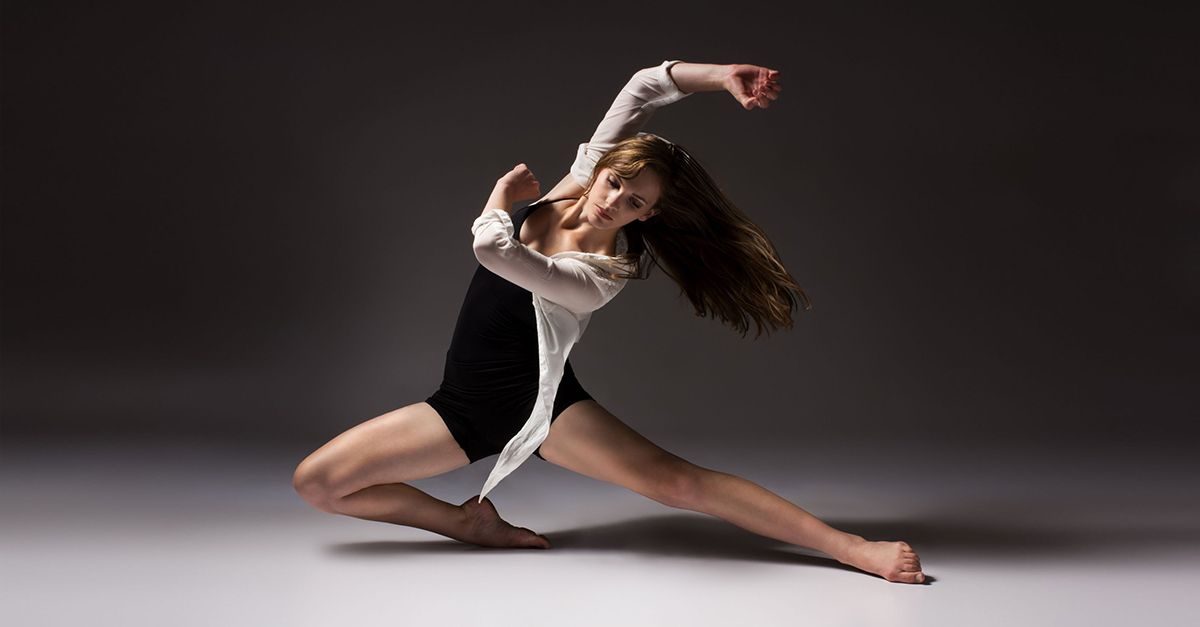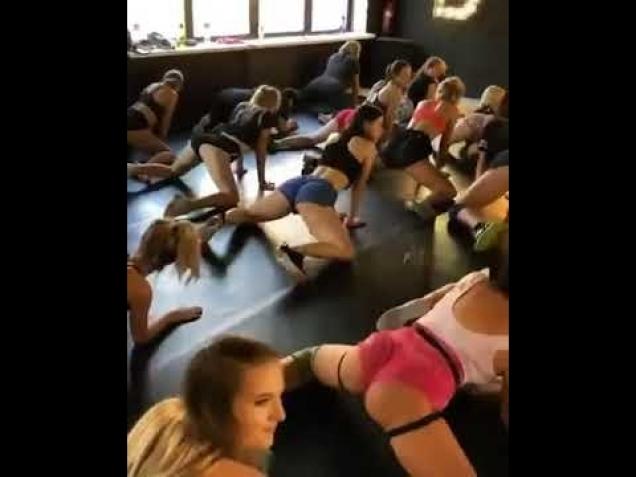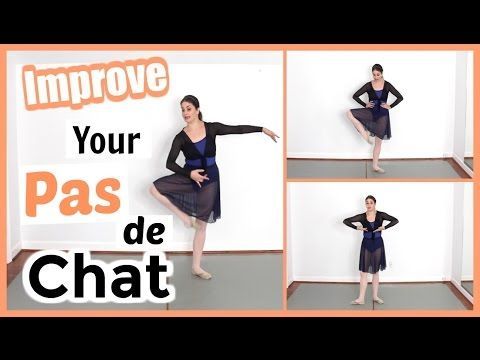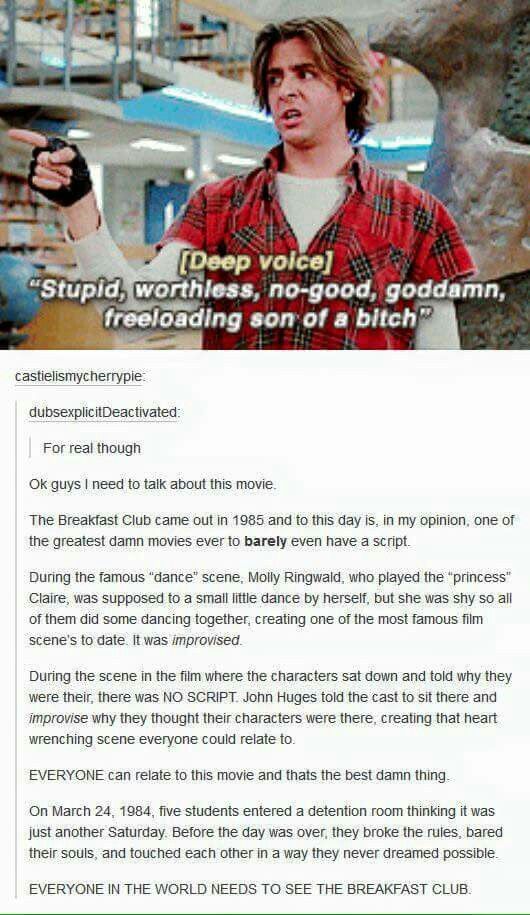How to feel the music when dancing
The Truth Behind “Just Feel It” – The Dancing Grapevine
“Just feel it.” It’s a phrase meant to be a catch-all for expression in dance. It’s supposed to speak to an intrinsically natural sensation of being ‘in-tune’ with the music and dance.
But, what exactly are we supposed to ‘feel’, and how do we use our ‘feelings’ in dance?
More than a ‘Feeling’
Most of the time, the word ‘feeling’ gets conflated with the idea of ’emotion’. You feel happy, sad or angry. But, a ‘feeling’ isn’t limited to an emotion. It can also encompass a state of being, or a texture.
For example, being tired is a ‘state’ of being – as is being ‘in pain’ or ‘well rested’. You may feel tired, but it’s not an emotion.
Similarly, you can ‘feel’ smoothness, sharpness, or other ‘textures’. These textures are not limited to physical items; it can include musical texture. For example, is a song smooth or sharp? Does it have ‘hard’ hits, or is it ‘soft’ and ‘flowing’?
Your expression of the music is how you interpret the feeling the music generates in you.
![]()
When we’re talking about ‘feeling’ the music, we’re talking about a combination of these different types of feelings. Yes, a song can make you feel ‘happy’ or ‘sad’ (an emotion). But, you can also feel like a song is energetic (a state) or smooth (a texture).
These feelings are then transcribed into expression.
Expressing the Music
Your expression of the music is how you interpret the feeling the music generates in you.
‘Expression’ doesn’t have to be an ’emotion’. It can be any feeling. You can express the music through dancing to display a texture – like smooth or sharp. You can also express music by dancing to display the emotion the song inspires in you – like happiness or sadness. Or, you can express music by displaying a particular ‘state’ – like ‘being romantic’ or ‘intensity’.
The best expressive dancers include facets of all types of expression, and they vary the expression within a single song.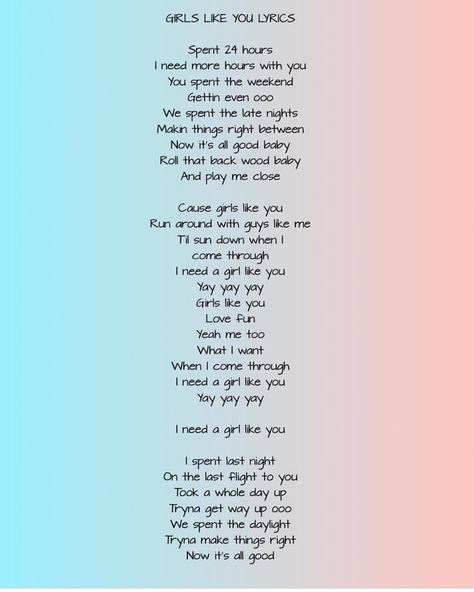
For example, they may switch from smooth or sharp movements, depending on the sound of the music. Or, they may vary between small, intimate movements and larger, demonstrative steps based on the ‘size’ of the sound.
They may also include an ’emotional’ journey that mimics the emotions of the song. For example, if it is a song about love, they may favour soft, gentle touches. Or, an intense song may utilize a lot of counterbalance and power.
Extroverted vs. Introverted Expression
There’s a misconception that expression must be extroverted, like in a performance. This is false.
Expression can be shared with only a partner (or yourself), or shared with a room. You can express by how you move your wrist, or by how you hold your partner.
If you are creating a visual representation of the feeling, it’s extroverted expression. You are displaying it outwards. The size of the expression doesn’t matter; it’s still externally perceived.
This can include how you choose to execute your steps or styling.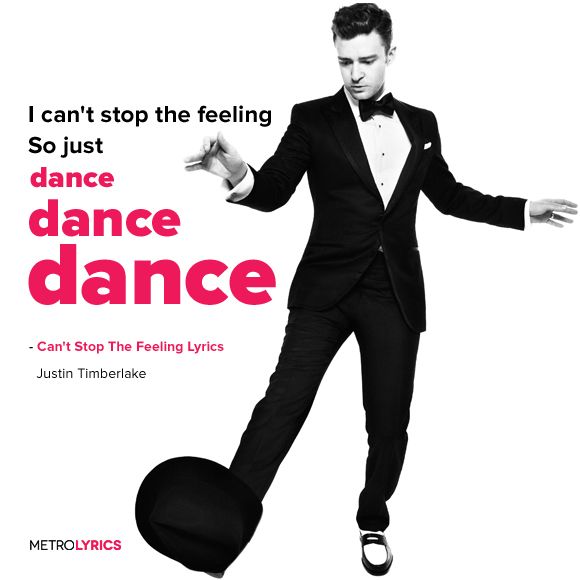 This is the type of expression that is visible to outsiders, like during a performance.
This is the type of expression that is visible to outsiders, like during a performance.
If you are creating a connection based representation of the feeling, it’s introverted expression. Your partner generally will feel it, and an observant outsider may pick up on what you’re doing. But, the expression is more based on creating a moment with your partner.
This can include the amount of tension you use in your movements, how you breathe, and how you choose to touch a partner. For example, a dancer who never leaves close hold can still be expressing the music – it’s simply a more private form of expression.
Musicality vs. Expression
Musicality differs from expression. Whereas expression is the interpretation of a feeling the music gives you, musicality is the interpretation of the song’s structure. It’s deciding what to accent, instead of how to accent it.
Good musicality typically features a strong grasp of expression, and vice versa.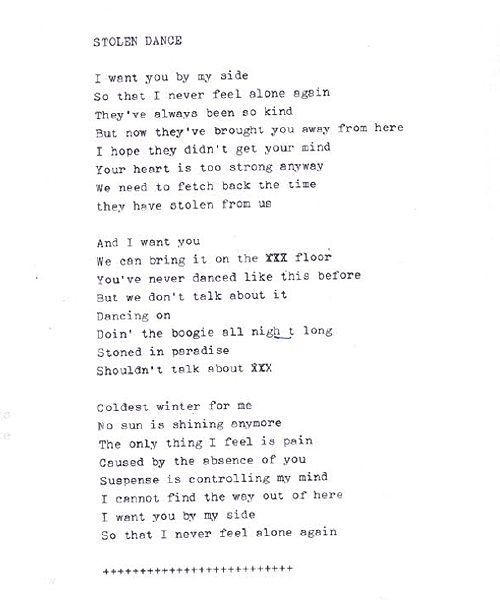 It’s hard to be musical without expression, and it’s hard to be expressive without understanding the music. Because these two skills are so linked, they’re frequently conflated as the same thing.
It’s hard to be musical without expression, and it’s hard to be expressive without understanding the music. Because these two skills are so linked, they’re frequently conflated as the same thing.
Why Expression is Important
Expression is what gives depth to your dancing. It’s what allows a dancer to use simple movements, but create an unforgettable experience.
No matter how technically proficient you are, a lack of expression will create a ‘flat’ dance. It doesn’t mean the dance will be bad – but it won’t be memorable, either. It can be ‘nice’, but not groundbreaking.
As a result, expression is typically a feature of a ‘good dance’. Additionally, the stronger your expression on multiple levels, the more partners you will have who ‘connect’ with your dance style.
Some people denounce expression because they don’t feel comfortable using ’emotion’ while dancing. They see emotion and feeling as the same thing – even though emotion is merely a subset of feeling. While emotion can be used to heighten the quality of expression, it’s not mandatory for an expressive dance.
While emotion can be used to heighten the quality of expression, it’s not mandatory for an expressive dance.
Finding Your Expression
Even if you are not comfortable with emotion in your dancing, you can still dance ‘with feeling’. You can still choose to emphasize things like smoothness, flow, sharpness, or intensity – even if it’s not specifically linked to a feeling.
Spend the time to learn how you ‘feel’ music. What are you drawn to most? What do you struggle with? For me, I enjoy smoothness – and struggle with sharpness. Lyrical emotions speak to me, while the intensity of hip-hop is more difficult. Other dancers are the complete opposite.
Start thinking about
how you want to do a step, rather than what step you want to do.When you’re starting on the expression journey, first figure out how you want to interpret music that already ‘speaks’ to you. It’s easier to find the feeling when you like the song.
Once you’ve accomplished that, push towards genres or sounds that may not be your favourite.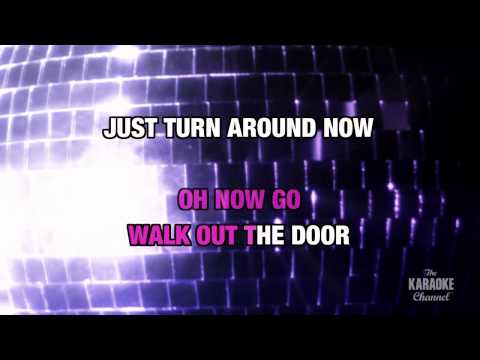 Can you find something to work with? What feeling can you apply? Is it an emotion, state, or texture?
Can you find something to work with? What feeling can you apply? Is it an emotion, state, or texture?
From there, figure out if your default expression is extroverted or introverted. Do you ‘go deep’ with only your partner? Or, do you prefer open, visual movements? Do you prefer to communicate your expression through touch, or visual cues? Challenge yourself to use both, for the best results.
You can begin developing your own ‘voice’ at any time. Start thinking about how you want to do a step, rather than what step you want to do. How do you want the basic to flow? How do you want to hold your partner?
The sooner you start, the faster your expression will grow.
How To Train Your Musicality As A Dancer
Musicality is a dancer’s sensitivity to and/or knowledge of music.
See Related Article: The Ultimate Guide To Musicality For Beginner Dancers
At its core, dancing is showing your musicality in physical form. It is a nonverbal way of telling people “this is what I hear in this song.”
It is a nonverbal way of telling people “this is what I hear in this song.”
See Related Article: How To Dance Better By Understanding Body Awareness
Musicality in ChoreographyChoreography is a thought out and planned form of showcasing your musicality.It’s like writing a research paper or doing homework.You take your time to prep to really understand the material and research it (by listening to the song repeatedly and exploring movements), and process the information you’ve gathered to create a final, cohesive piece.
See Related Article: How To Choreograph Your First Piece In 6 Simple Steps
Musicality In FreestyleFreestyling is like taking a test.You’ve done your homework and did a bunch of practice problems (familiarizing yourself with songs/rhythms and drilling movements/technique), and then you apply what you’ve learned from the different songs on the fly.
See Related Article: 5 Dance Tips To Begin Your Freestyle Foundation
Now let's train your musicality so you can become better at both choreographing and freestyling!
Step 1: Understand The Different Elements Of The SongA song is like a puzzle.You want to break it down and understand each part of the piece. Listen to the song several times and break down and isolate a different instrument or voice that’s contributing to the song. Some are blaringly obvious, like the vocals or the basic four-on-the-floor drum beat, but what makes the songs really interesting are the things that are harder to catch.
For example, syncopated rhythms are really fun to listen to, but they’re pretty complicated to understand. When I get to a syncopated rhythm, sometimes I have to stop and really pick it apart to be able to just be able to sing it back. And even then, I still struggle with being able to count a syncopated rhythm.
See Related Article: How To Dance Quickly To Slow Songs with Paul Ross (Cookies)
We also tend to focus on more of the obvious, so some sounds will be tucked in the song, but when you discover that dope, new sound in a song, it’s like finding gold. We’ve all had that “AH-HAH” moment in class where we FINALLY hear what the choreographer was trying to hit.
See Related Article: 24 Pleasures Only Dancers Would Know
As you start to understand the song better, you can start fitting the pieces together and see how they relate to one another.This allows you to pick and choose what you want to show through your dancing.
Step 2: Understand How Each Instruments SoundNow that you’ve isolated the elements in a song, you want to understand how they sound. Each layer of a song has different ways of being expressed.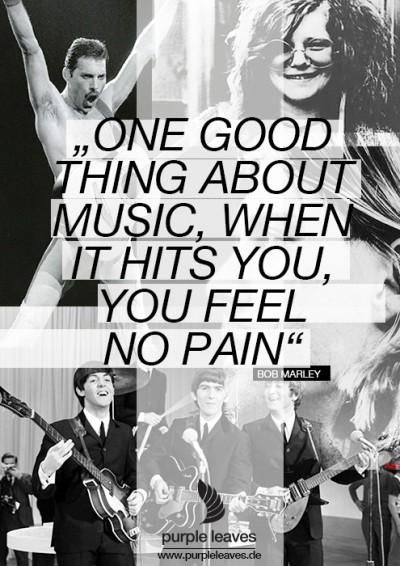 If you have a musical background, this may come easier for you since you understand that there are markings in the music that tells you exactly how to play the notes. When it comes to developing musicality, you’re doing the opposite. You’re extracting the quality of the sound out of what’s being played. A clear example of this is when you listen to the lyrics of the song.
If you have a musical background, this may come easier for you since you understand that there are markings in the music that tells you exactly how to play the notes. When it comes to developing musicality, you’re doing the opposite. You’re extracting the quality of the sound out of what’s being played. A clear example of this is when you listen to the lyrics of the song.
See Related Article: How To Make Your Moves Match Vocals, with Markus Pe Benito (GRV)
Some syllables will be short and quick, and some will be dragged out longer. Sometimes, the pitch will be higher or lower and alternate in between. As a dancer, you want your movement to emulate the sound. Short quick syllables can be translated to sharp, quick motions. Lower pitches may make you want to hit a lower level. A more nuanced example is being able to hear the qualities of drum instruments.
A snare is not always a quick, sharp sound – there is a space that the reverb fills afterwards.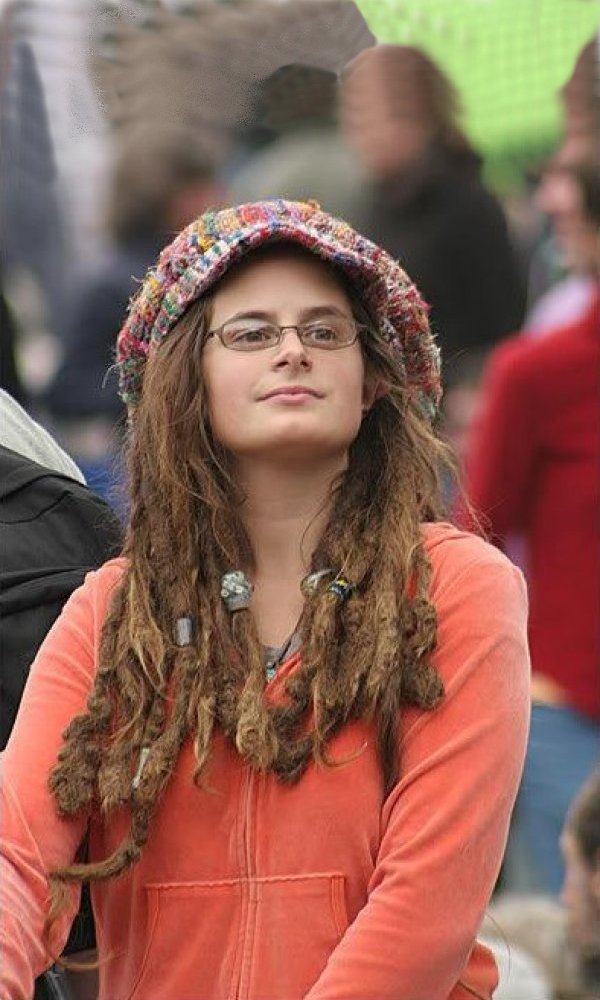 So a snare could be interpreted as a stick, rebound, or release depending on how you hear it.This goes for pretty much all instruments.The closer you listen, the more it will make sense.As you listen to music, your mind/body will create an image of the song to what you’re listening to through your ability to execute and dance vocabulary.
So a snare could be interpreted as a stick, rebound, or release depending on how you hear it.This goes for pretty much all instruments.The closer you listen, the more it will make sense.As you listen to music, your mind/body will create an image of the song to what you’re listening to through your ability to execute and dance vocabulary.
See Related Article: The Ultimate Guide To Execution Of Movement For Beginner Dancers
Step 3: Understand How You (Or Others) Perceive The MusicEach dancer has their own unique understanding of music. Now that you’ve picked apart the music and understand how the different voices in the song sound, you can pick and choose what you want to display. I tend to choreograph to mostly lyrics because I imagine myself being in the mind of the musician, but I also mix and match between beats and rhythm, too. And the best part about perception, is what you find interesting in a song will be completely different from what another dancer finds interesting in a song (try comparing different choreo to the same song).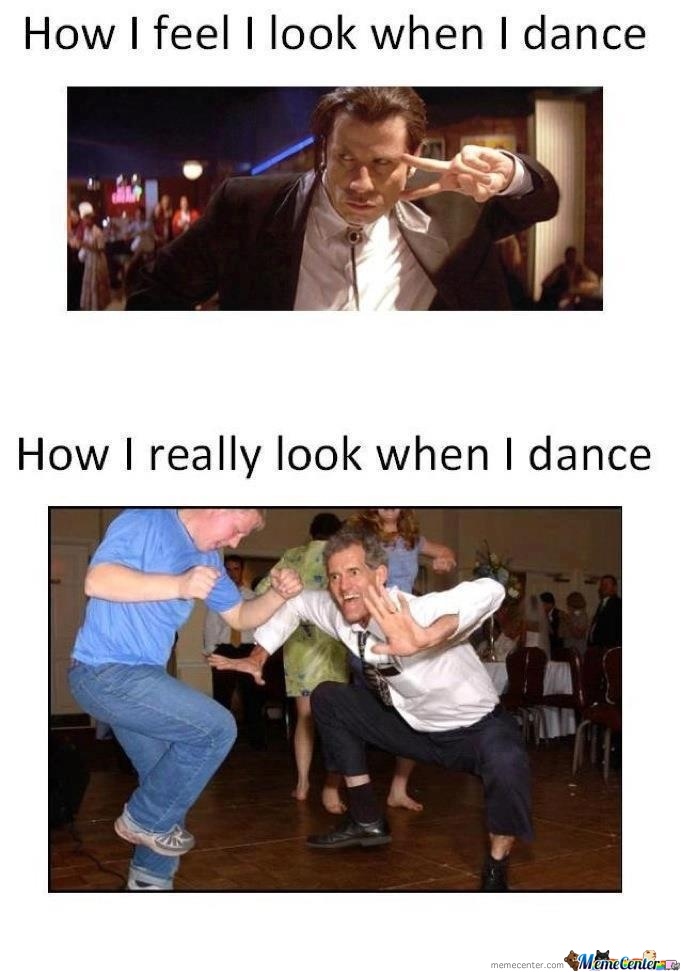
Even when doing the same exact piece, you'll see differences in how dancers perceive music. Though the timing and the frame of movements will be the same, the way they hit certain moves, soften some out more, or sit in others longer makes them who they are as a dancer.T ry thinking of ways to alter your understanding of a song. Maybe you always focus on the lyrics but there’s some dope beats going on in the back. Maybe instead of making a move for every single syllable, you can choose to move slowly and controlled through some lyrics instead.
Another great way to develop your own musicality is to study that of others.The greatest dancers out there have SUCH ridiculous and unique musicality.
Study how a choreographer or dancer what he hears and try to understand how they hear it, then try to incorporate what you learn into your own repertoire.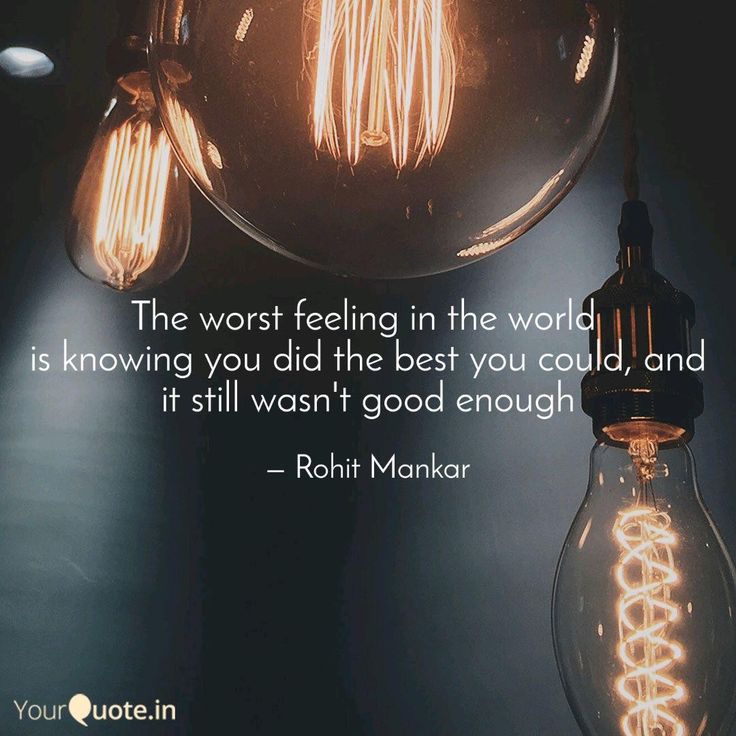 It's awesome watching dope dancers in class during groups and thinking, “Whoa I did not hear the song like that at ALL”.As you train your musicality, you can begin to train the way in which you approach a song when you choreograph or freestyle to it, and make a song your own.It will eventually become second nature.
It's awesome watching dope dancers in class during groups and thinking, “Whoa I did not hear the song like that at ALL”.As you train your musicality, you can begin to train the way in which you approach a song when you choreograph or freestyle to it, and make a song your own.It will eventually become second nature.
It will become ingrained into who you are as a dancer, and with the skills and execution to match, you can showcase who you are as a dancer more definitively. Remember, without a deep understanding of music, you're just doing moves. Add layers, add complexity, and add your character!Follow along this textures drill to practice dancing to different sounds!
Do you have little tricks of the trade to build your musicality? Share it with us by commenting below! Get to know great choreographers' musicality in a STEEZY Studio class. They break down each sound and move so you can get really learn how they hear/dance a song.
They break down each sound and move so you can get really learn how they hear/dance a song.
Related Articles:
How to Track Your Progress as a Dancer
5 Tips To Start Your Freestyle Dance Foundation
How to learn to hear the rhythm in music | All articles | Planet of Talents
I am sure that all people love to dance. However, many believe that they do not have an ear for music or a sense of rhythm, not enough plasticity or coordination to dance, call themselves a “tree” and sit quietly in the corner at a disco. And yet, only a small proportion of them are right (and even then not in the part about the “tree”). Often the problem lies precisely in the ability to feel the music, in particular, the rhythm. But the problem is solved! For most people, the sense of rhythm is dormant. And only a very small percentage suffers from “rhythmic deafness”.
In my dance teaching practice, sometimes I come across people who can't hear the rhythm. For a group of fifteen people, there are on average 1-2 people. Agree, not such a big percentage for non-professionals. But this is where I ran into trouble. How to explain to a middle-aged person without a musical education what a strong and weak beat is, why sometimes we perform movements on “three”, and sometimes on “eight”, and how to count a piece in general? .. I think all teachers face this problem, It doesn't matter if they work with young children, youth or adults.
First you need to figure out if the student actually hears the music. First, you can clap a short, simple rhythm and ask him to repeat it. If the student reproduced it in full, then all is not lost! Secondly, you can turn on the music and step along with it, setting the pace. Then you need to pause, talk about something so that he is distracted, and turn on the same music again and ask him to walk to it in the same rhythm without you. There may be several options:
- the student walked to the beat, because he remembered the rhythm when you walked to the music together. And it's not a bad choice! Perhaps he needs to pay a little more attention than the others, stand next to him and show the movements individually, in the end his memory and great desire will bear fruit.
And it's not a bad choice! Perhaps he needs to pay a little more attention than the others, stand next to him and show the movements individually, in the end his memory and great desire will bear fruit.
- the student walked in his rhythm, not hearing the music. Here the matter is more complicated. With such people, you need to deal with individually or gather them in one group and make a lesson in musicality for them. One or two lessons may be enough.
In such lessons, you need to explain what a strong beat is in music, how a melody is broken down into measures. Of course, you need to be patient, and most importantly, read music theory if you are not strong in it. In fact, it is not so scary, because the rhythmic pattern in the music school is studied in the lower grades. On the other hand, it is not necessary to overload the brain of students with this theory. Just think of a few metaphors. Rhythm can be compared with the beating of our heart, with clocks, with steps. Everything has its own rhythm - the moon and the sun, the surf, the seasons, a poem, the noise of a train, and even the sounds of a cricket. For such activities, you need simple, understandable music with a clear rhythm, for example, a march or, oddly enough, club music, with a characteristic “tuna-tuna”. The duration of notes can be compared with seconds, minutes, hours.
By the way, using the example of a march, you can easily learn to hear a strong beat. I would suggest using this particular march http://www.youtube.com/watch?v=VGfGxqHPF0s
In it, you can clearly hear how all the instruments of the orchestra play on a strong beat. I think that your students of any age will walk this melody with pleasure, and most importantly, to the beat!
A good helper in mastering the rhythm will be a metronome. Moreover, now everyone can install it on their smartphone or tablet and train at any time! By the way, the metronome is successfully used in the treatment of stuttering, and this says a lot.
In fact, I believe that anyone can learn to hear music and dance to it. All it takes is motivation. He works wonders even with the most seemingly hopeless students.
If the desire to learn to dance is great, follow a few simple but effective tips:
1. Listen to more music. Even more! Listen to it in any free minute. Learn almost by heart the pieces you need to dance to.
2. Divide music into instruments. The whole orchestra never plays the same tune. Double basses or bass guitars always set the rhythm, the main part is given to the violins or the voice, etc. Yes, it requires high concentration and attention, but it is really effective!
3. Learn to use a metronome.
And remember, only working out the technique will not bring results. Love music, learn to hear it in the world around you, eventually become music, and then you will succeed!
© Arina Grakhantseva
Is it possible to learn to dance without a sense of rhythm
Why is it so difficult for many people, especially adults, to remember the rhythm and how to learn to dance? There are several circumstances that can hold us back or prevent us from trying to learn how to dance.
Obstacle 1 Self-awareness
Most people have heard the saying “dance like no one is watching…”. Human nature does not like to look stupid. When we learn something new, we don't like being looked at. Therefore, it is important to concentrate on the movements, and not on how we look from the outside.
Obstacle 2 - Muscle Memory
Another obstacle that holds adults back is resistance to change. We all have movement patterns that we learned as children (muscle memory).
Your body likes to do repetitive movements that it already knows. The dance requires you to move your arms and legs in strange and unusual ways. Your eyes can observe and your brain can understand, but it may take some time for it to direct your limbs to interpret these new and unfamiliar movements.
Obstacle 3-Wrong Teacher
If you have tried to learn to dance and have failed, don't give up too soon.
In dance, as in any other skill, there are good teachers and bad teachers. Someone can be a fantastic dancer but a poor teacher, and vice versa. For example, Margot Fontaine was one of the greatest dancers in the world, but she couldn't teach. And Ninette de Valois was never a great dancer, but her ballet classes were among the best.
Someone can be a fantastic dancer but a poor teacher, and vice versa. For example, Margot Fontaine was one of the greatest dancers in the world, but she couldn't teach. And Ninette de Valois was never a great dancer, but her ballet classes were among the best.
But this does not mean that the teacher is incompetent. Different people have different ways of learning, and perhaps the teacher's style didn't suit you. A good teacher should be able to adapt their teaching methods to the student, but this is not always the case.
Obstacle 4 - Wrong Dance
Another obstacle is that you chose a dance style that did not suit you or was too technical. If you have never danced before, the complex rhythms and fast flamenco footwork will be too much of a challenge as a first dance style. If you're adamant, then start with ballet yoga or Pilates to get your body used to the new demands. A good starting point for beginners is ballroom dancing, latin dancing, swing or modern jive.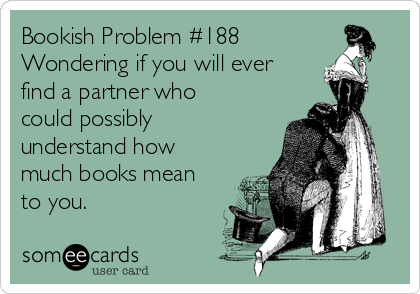
You don't need to bring your partner - most schools have partners so you won't feel left out. For women, belly dancing is a good start as the dance moves are quite simple.
Obstacle 5 - Rhythm
Lack of rhythm is by far the biggest obstacle to learning to dance, but it can be overcome.
Rhythm can be learned. However, trying to learn how to control time and master the dance steps at the same time will not work right away! If you don't have a rhythm, it's easier to solve this problem first and then move on to dancing when you can feel the rhythm.
Rock and roll, modern jive or swing is danced to music with a strong rhythm. If you have a friend with a good sense of rhythm, ask him to clap to the music.